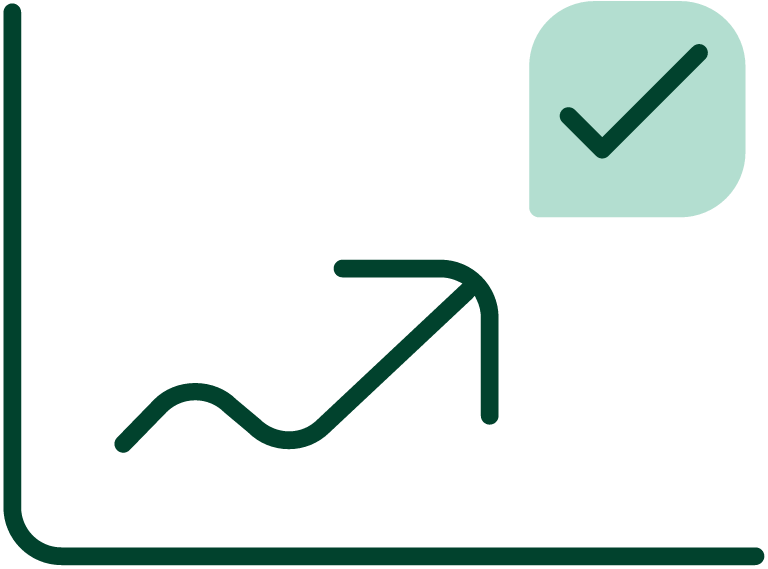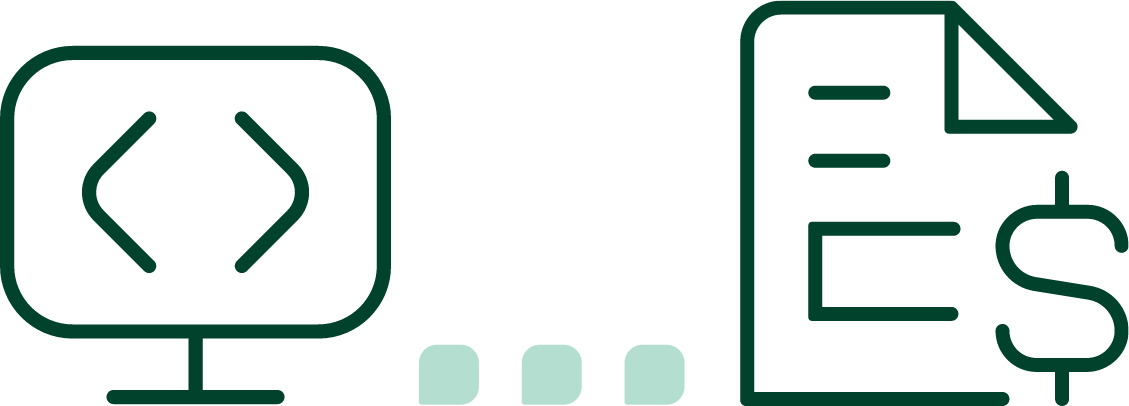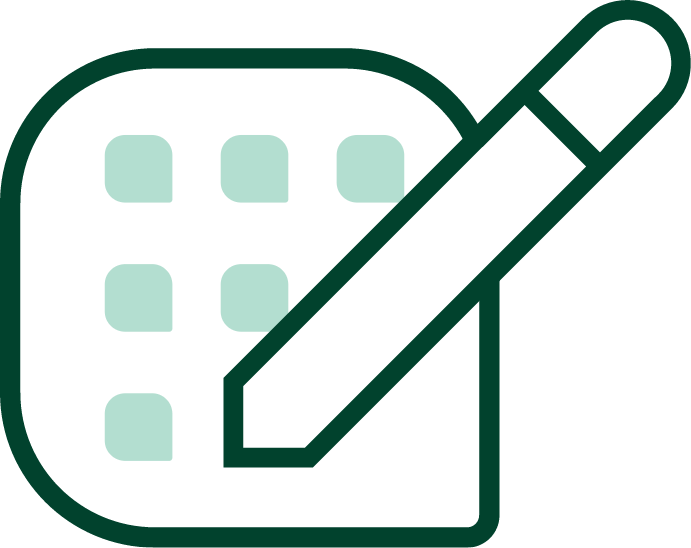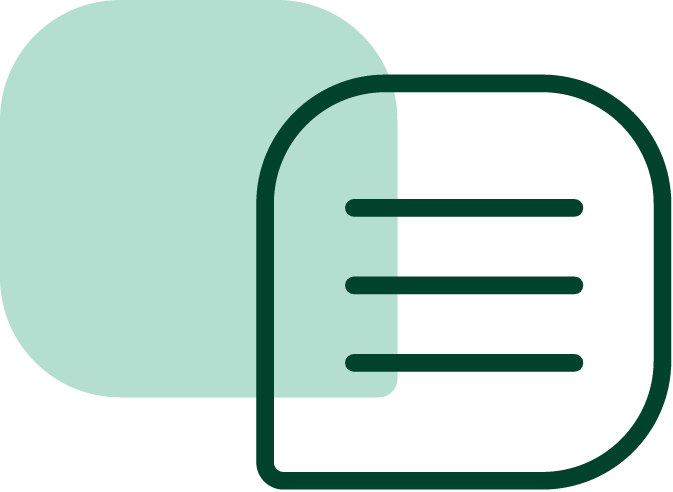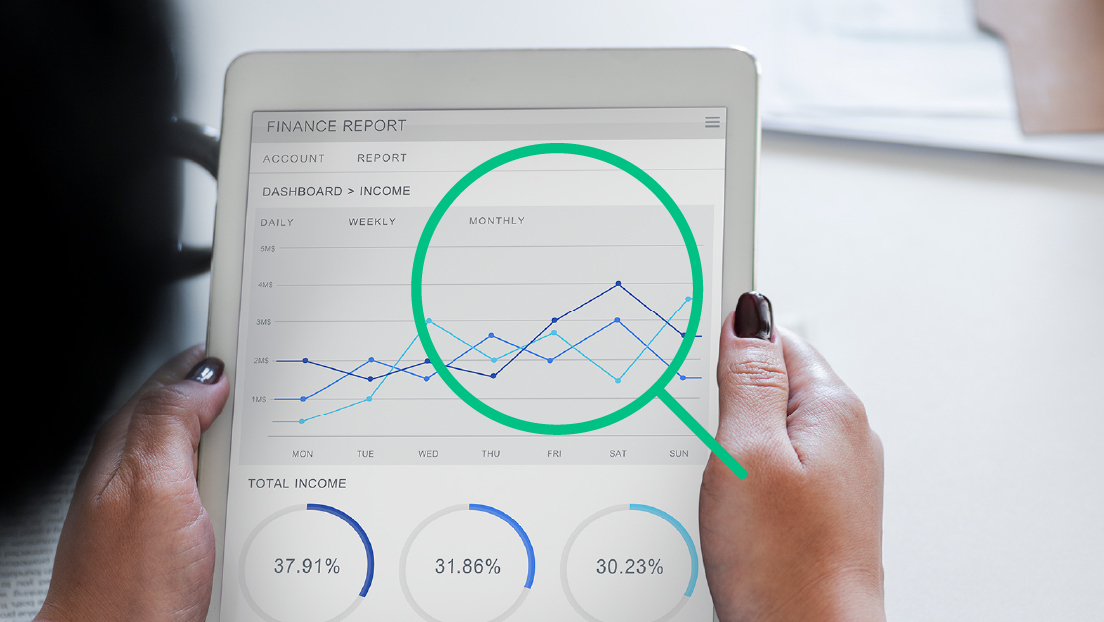Cash flow management is arguably one of the most vital administrative functions of a business. The ability to generate income and meet financial obligations determine the viability of any organization. Automation often comes to mind when reviewing the accounts receivable effect on cash flow. So, how exactly does it affect the way your business generates income and meets financial obligations?
Improves Productivity
Manually handling the cash flow change in accounts receivable is a time-consuming job. Automating the process boosts productivity by reducing the time spent on data entry and other tedious tasks. This, in turn, frees up resources you can reallocate to other areas of your business. It can also reduce your need to expand your team during peak seasons or pay big overtime payroll bills.
Better Decision Making
You maintain up-to-date information when you automate the accounts receivable cash flow statement and other aspects of the AR process. Automated systems also tend to have dashboards that display metrics and other information you can interpret at a glance. These and other features provide a strong foundation for managers to make informed decisions that can bring in even more cash.
Reduced Cases of Bad Debt
With automation, businesses can take advantage of credit checking and customer self-service portals. These make assessing a customer’s ability to pay easier and gives them more control over their account. As a result, you’re likely to see fewer bad debt cases, which frees up cash flow. Automating the invoicing and collection process also makes it more difficult for customers to slip through the cracks.
Predictable Cash Flow
Businesses often experience seasonal changes. Some small business owners grapple with the feast-or-famine cycle created by drastic fluctuations in cash flow. Managing accounts receivable effectively is much easier with automation. A well-managed AR system generates more stable income from existing customers. Automated systems can also make more accurate cash flow projections, even with seasonal fluctuations.
Potential for Proactive Action
Cash flow position can change at a moment’s notice, but there are often signs leading up to this. One of the best ways to monitor those signs is to take advantage of metrics and display them on your dashboards. Here are some of the most important metrics you can use:
- Days sales outstanding: This measures how many days it takes for a customer to pay their invoices. A high DSO number indicates that you need to take action to improve your collections process.
- Customer concentration: This metric tells you what percentage of your sales come from each customer. Having a good mix of small, medium, and large customers is important. Having too many customers that make up a large percentage of your sales can be risky but can save you time and money on sales and marketing if they pay on time.
- Aging receivables: This metric breaks down what customers owe you into different “age” brackets. For example, it might show you invoices that are 30 to 60 days old versus those that have reached 60 to 90 days. This metric can help you assess which customers are at risk of not paying and act accordingly.
- Cash Conversion Cycle: The CCC measures the number of days it takes for a business to convert its inventory into cash. A high CCC indicates that there’s a problem with either your sales or collections process.
- Average Days Delinquent: This metric tells you how many days, on average, it takes customers to pay their invoices. A high number indicates that you need to take action to improve your collections process.
Reduced Need for Expensive Borrowing
When you have a handle on your receivables, you’re less likely to experience short-term cash flow problems. This, in turn, reduces the need for lines of credit, loans, and other forms of borrowing. Reducing the need to pay interest on your capital can save you a lot of money in the long run.
Reduced Risk of Fines
You could face penalties and fines if you fail to make payroll, pay taxes, or meet other financial obligations. These instances can devastate your business through investigations and audits. The cash value of these activities, fines and penalties can also result in a reduced availability of cash for your business operations.
The Bottom Line
Accounts receivable payment automation can streamline the income generation process for your business. It can also provide the necessary data to take corrective actions before minor cash flow problems spiral into catastrophic incidents. Gaviti is a trusted way to automate the accounts receivable effect on cash flow. Book a free demo to get started.


